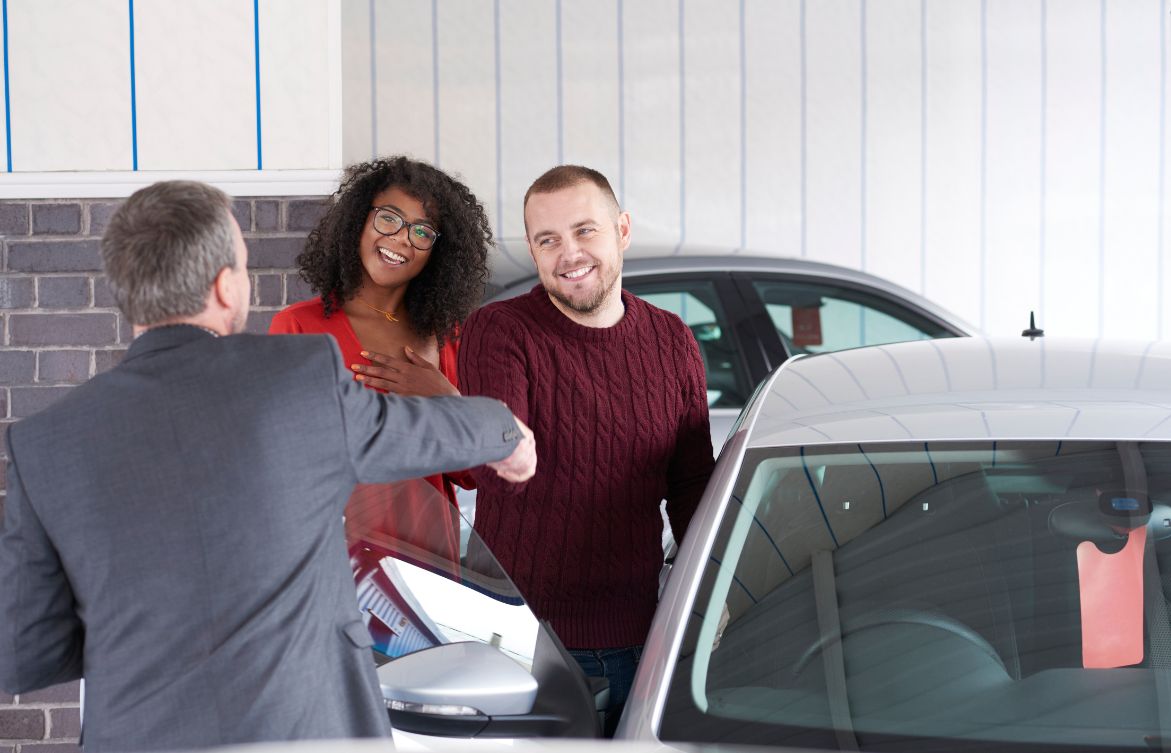Getting a second-hand car without any car insurance may not be the best idea. Compared to new cars, the price of a used car may not be as hefty. However, the cheaper cost opens up a lot of other risks, and no one can be sure if they might be involved in a car accident or collision. Most car insurers, like Dialdirect, will advise that you get car insurance for your vehicle, whether it’s brand new or second-hand. Discover these top car insurance tips when it comes to saving on the premiums if you choose to buy a second-hand car.
Tips for saving on car insurance premiums for second-hand cars
1. Perform preliminary research
You can’t completely eradicate the risks associated with buying a second-hand car. However, you can lower them to a great degree. With proper research, you’ll be able to determine if the specific model and make of the car has any known issues.
Search online and look for the following information:
- The average asking price for the car’s model
- Common problems associated with the car
- Reviews of people who drove the car for years
This information will give you a general overview of the vehicle’s state. It will help you to identify car models that have mechanical or quality issues.
2. Conduct a background check
This time, car insurers recommend getting a bit more granular on the specifics of second-hand car insurance research. If you’re buying from a private seller, you will need to ask specific questions, the outcome of which could affect your car insurance premiums.
- What kind of repairs has the car undergone?
- Was the car ever involved in an accident?
- Are there any modifications installed in the vehicle?
- Why are you selling this vehicle?
If you’re buying from a well-known dealer, you can check their reputation online. Are buyers satisfied with their service and do they have good customer reviews? Make sure the dealer is licensed to operate and has credentials to prove their experience.
3. Keep your options open
It would be best to keep your options open. Don’t buy the first used car you find. Even if you think you’ve found a great deal, you might find a better one after shopping around some more. Go to different dealerships and check with private sellers to compare second-hand cars of the same model and make.
Visiting other sellers allows you to bargain. Suppose you find a car that you want, but it has a higher price offer. You can mention the lower price other sellers give to get a better deal.
4. Check the car’s mileage
In theory, the higher the mileage, the higher the maintenance cost. Driving around in a second-hand car often leads to costly repairs. Even if the vehicle had no accidents, high mileage means mechanical parts may have excessive wear and tear on them.
- Inspect the complete service book
Beware of dealers and private sellers who advertise their second-hand cars as close to brand new. If there is no service record because it’s as “good as new,” you should avoid this sale as the lack of information is likely to pose a risk and possibly raise your car insurance premiums.
It’s natural for cars to have maintenance repairs. A used car with up-to-date service check-ups means the previous owner took good care of it. Choose vehicles with a full-service history, either with agents or RMI-accredited service centres.[1]
6. Perform comprehensive checks
Some of the essential things you need to check are:
- Leaks: You’re looking for zero leaks and a clean engine.
- Tyres: Uneven worn-out treads can be signs of problems in suspension.
- Cabin: Dashboard cracks or missing panels are not acceptable.
Unless you’re a seasoned mechanic, it’s best to ask someone with experience to check for you. However, if you’re unable to find one, you can always hire a reputable car inspection company. While this may add overhead expenses to your car search, it will help ensure you don’t buy the wrong vehicle.
7. Ensure the car is accident-free and theft-free
There are ways to hide a car’s background with repairs and repaints. However, incident reports based on a car’s VIN and engine number can provide a clearer picture. Many services in South Africa can help you check a vehicle’s history. However, you will need to pay for the service. Some of the information you can get from a report are accident and theft history. You should also get information about any outstanding financial obligations left on the car.
8. Test drive the car
With 70% of cars in South Africa having no insurance[2], it’s common to find one that looks good but doesn’t run well. Without proper car insurance cover, repairs are most likely to cut corners. When doing a test drive, make sure that the car provides a smooth ride. It should not be producing excessive smoke and no rattling sounds. It’s best to drive the vehicle along various road surfaces to test how it handles them.
Get a car insurance quote from Dialdirect
Buying a second-hand car can be a cost-effective decision in these challenging financial times. However, when buying a second-hand car, car insurers recommend choosing one that will not only save you money but will also help you get the best car insurance premiums. Do you want insurance cover for a used or second-hand car? At Dialdirect we offer a wide range of different types of car insurance. Contact us today, and we’ll help you choose the option that matches your needs, or apply for a car insurance quote online.
Disclaimer: This content is for informational, educational, or entertainment purposes only. We do not make any warranties about the completeness, reliability, and accuracy of the content. The views and opinions are those of the author and not necessarily those of the company.
———————————————————————————————-
Sources:








